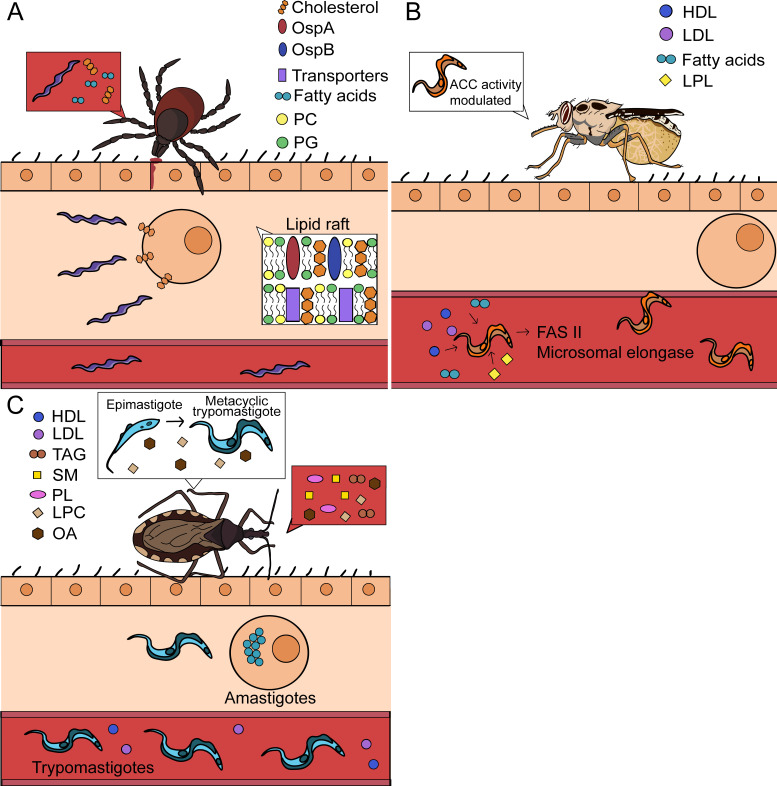Figure 3. Lipid scavenging by extracellular arthropod-borne pathogens.
Certain pathogens can obtain nutrients directly from their environment and may not require host cell invasion for lipid uptake. (A) Borrelia spp. are extracellular bacteria and acquire lipids directly from mammalian cells and the blood. B. burgdorferi also organizes its membrane into eukaryotic-like lipid rafts. (B) Trypanosoma brucei is extracellular in both mammalian and arthropod hosts. These parasites acquire various lipids from the blood and can synthesize their own fatty acids using the type II fatty acid synthase system (FASII) and the microsomal elongase pathway when resources are restricted. In the tsetse fly, the enzyme acetyl coenzyme A carboxylase (ACC) regulates the microsomal elongase pathway based on lipid abundance. (C) Trypanosoma cruzi is extracellular in its trypomastigote and epimastigote forms. Within the triatomine, epimastigotes acquire various lipids from the blood meal. Additional lipids function as signaling molecules and promote the differentiation from epimastigotes into metacyclic trypomastigotes. At this stage, metacyclic trypomastigotes may be deposited in the skin of a mammal before invading cells to become amastigotes. Intracellular amastigotes transform into trypomastigotes, burst out of host cells, and enter the bloodstream. PC = phosphatidylcholine, PG = phosphatidylglycerol, HDL = high density lipoprotein, LDL = low density lipoprotein, LPL = lysophospholipid, TAG = triacylglycerol, SM = sphingomyelin, PL = phospholipid, LPC = lysophosphatidylcholine, OA = oleic acid.

